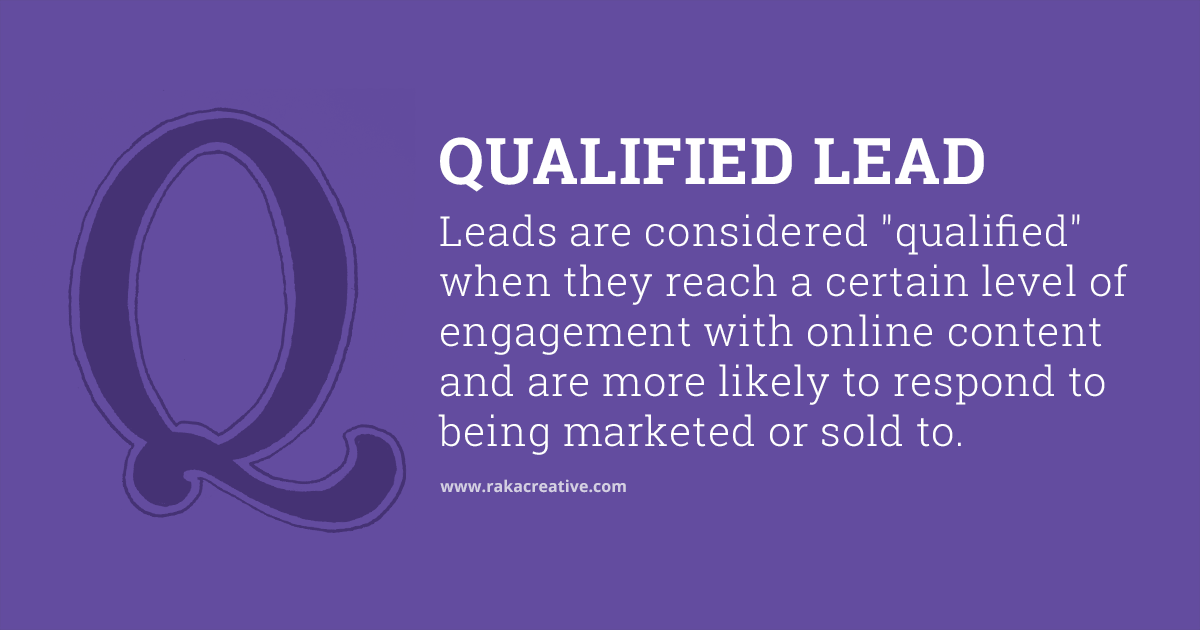Even if you’re not quite sure what the acronym means, if you’ve spent any time in marketing you know that SEO (search engine optimization) is the key to getting more clicks, and ultimately more sales. Whether you’re starting from scratch or trying to improve the SEO of an existing site, you will need to conduct research, find and add keywords that work best with your products and services, and finally, review your site’s methods for converting clicks to customers.
In this post, we’ll walk you through each of these steps and show you some tools you can use to get you started on optimizing your site.
Do your keyword research
You wouldn’t launch a new company without doing research would you? The same goes for websites. Knowing how your competitors rank in searches of the products and services you both offer is a good place to start. Then take a look at where your company ranks. Unless your pages are landing in the top spot for each category (and whose do?) there’s room for improvement.
The next step is researching keywords for your products or services. You want keywords that are highly relevant to your brand or products, not generalized. If your company sells sporting equipment, using the term “sporting equipment” is just too broad and won’t help the people who are searching for a specific item learn about the great products you offer. SEO for sales is about optimizing your product listings or pages. If we’re sticking with the sporting goods example, that’s the product pages for baseball gloves, lacrosse sticks, and running shoes. The goal is to link up your brand name, your product names, and any popular alternative names (think Kleenex vs. tissues) to ensure you are drawing people to your site who are sales-ready.
For companies that offer services, SEO for sales takes a bit more work because you have a longer sales cycle. When conducting keyword research, instead of looking at only the services you offer, like “brake repair,” take a step back and think about terms that convey intent and action, like, “garages that fix brakes.” You want to select keyword terms that will draw people in need of your services to your site, but also have enough traffic to make them worth adding.
There are a number of tools you can use to conduct your keyword research, varying in cost from free to premium service for a premium price. Thankfully, we’ve already done the work of examining the options for you.
Be smart about where you put keywords
Now that you have a list of keywords, it’s time to weave them into your website. They should, of course, be in the body text on your website, but it should also be within a page URL, the page title, captions for images, and behind the scenes of your webpage, such as within alt text and file names. Add keywords early in your content within the body copy and throughout where it makes sense. Remember to not overdo it. Search engines penalize for stuffing keywords onto a web page, and it often reads poorly. What’s the point of drawing a potential customer to your site if the words on the page don’t represent your product in the best possible light? SEO for sales is a process of adding keywords in a smart way, but also having quality content, and the right content to fit the needs of future customers.
Search engines today are looking for higher quality content, but they are also looking for relevant links that will give searchers what they intended to find, not just repeating back exactly what they searched for. You can increase a page’s search ranking by creating a network of internal links, known as content clusters, that center around high-value pieces of content. These high-value pages, called pillar pages, show search engines that your site is the best resource for your audience. This helps your site move up in search result rankings. Using inbound marketing tools, such as HubSpot, will help you create and keep track of a content plan for the coming quarter or year, taking your SEO efforts to the next level.
Are you ready to convert?
Driving sales-ready prospects to your website isn’t the same as closing a sale. There’s still work to be done to make sure your site offers a positive experience and is an easy place for them to ask questions, request a sale rep reach out, or purchase an item. We suggest auditing your website to ensure there are forms or links to forms on every page to make contacting you easier. By adding CTAs and other prompts, your customers know the information they need is there when they are ready to make their purchase.
Conducting research, adding keywords, and analyzing whether your site is ready to convert isn’t a process that happens overnight, but investing time in SEO will get you sales-ready leads much faster than letting your site sit as is while you wonder where the customers are. Happy keyword hunting and don’t forget to contact us if you need help with your SEO!






